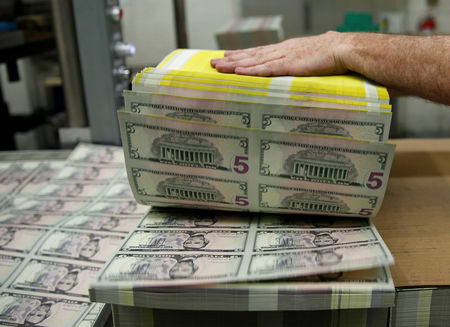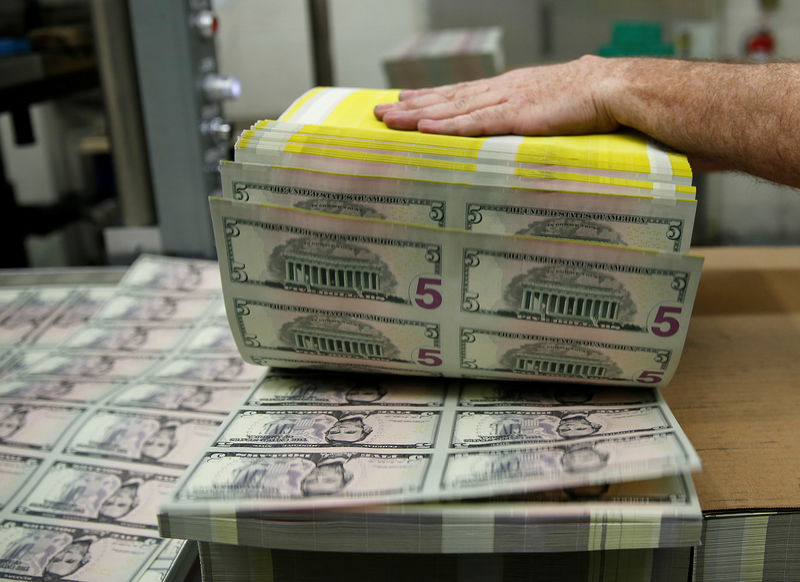
As the second half of 2024 approaches, investors are closely watching currency movements for indicators of how the Forex market may develop over the next few months.
In this context, JPMorgan published its forecast for the US dollar. The bank’s analysis delves into the various economic forces and geopolitical events that are expected to influence the dollar’s trajectory.
JPMorgan Dollar Forecast
The bank’s medium-term view on the US dollar remains bullish, based on strong yields, headroom and other supporting factors.
However, the bank notes that “tactical concerns stem from emerging signs of fading exceptional U.S. economic growth and saturated investor expectations.”
“Inflation divergences will be key as central banks focus on inflation rather than growth,” JPMorgan wrote. “The implications of soft/hard US inflation are clear for the Fed’s pricing direction, but more nuanced for the US dollar.” The bank says DXY is more sensitive to inflation misses.
Factors influencing the dollar exchange rate
JPMorgan analysts highlighted the dollar’s outperformance despite being a defensive currency and its continued exclusivity for the US as two factors contributing to bullish sentiment on the greenback.
However, while the first pillar of US dollar strength (carry advantage) remains intact, the second (persistent US exceptionalism) “appears to be in the early stages of losing its luster,” they write.
The bank says it is wary of these tactical risks and last week recommended a tactical shortening of the US dollar, although it remains long the US dollar through options.
Elsewhere, focusing on the current situation in the US economy, Chris Turner, ING’s global head of markets and regional head of research for the UK and Central and Eastern Europe, told Investing.com that the dollar’s share of foreign exchange reserves has declined over the past 20 years. but has been stable over recent years, while in the private sector, “the dollar’s share of global deposits and global liabilities has been remarkably stable in the region of 60-70% over recent decades.”
Despite this, he says US authorities cannot be complacent. “We also note that while the U.S. current account deficit is manageable at 3% of GDP, it is largely financed by portfolio flows into long-term debt securities,” Turner said.
He believes the medium-term risk for Treasuries and the dollar is that without fiscal consolidation, “investors will need higher U.S. yields and a cheaper dollar to find Treasuries attractive.”
In addition, the US elections are believed to have a decisive impact on the dollar’s pricing over the next four to five years.
“The continuity of a Democratic administration is likely to be a mild negative for the dollar,” Turner said. “Republicans have completely wiped out the dollar’s big positive on soft fiscal and tight monetary policy. The left-wing risk for the dollar is a Trump presidency without Congress, where he could rely on a weaker dollar for stimulus—a policy advocated by Robert Lighthizer, a member of Trump’s trade team.”
US dollar to JPY exchange rate forecast
As for the index, JPMorgan says it remains tied to the Fed’s interest rate path, with upside risks from Japan falling behind that curve.
“Our USD/JPY ’24 forecast remains at 153 as we believe USD/JPY will continue to be driven by Fed policy direction,” the bank wrote, explaining that their forecast is based on two Fed rate cuts in this year. However, they believe that if the US economy remains resilient and no Fed cuts are factored in, USD/JPY could stabilize at 160.
“On the other hand, we are aware of the upside risks from Japan, as domestic and speculative selling pressure on the JPY is unlikely to ease as long as the Bank of Japan remains behind the curve, suggesting that Japan’s real interest rate is likely to remain in negative territory in the coming years . ” says JPMorgan.
US dollar to pound sterling exchange rate forecast
In sterling, JPMorgan says UK growth is improving, but sterling seasonality, valuations and positioning are prompting tactical short selling. The bank also explains that sterling is a cyclical currency with a high beta, so the recovery in output is important.
“May seasonal pressure [the] “They claim. “The GBP position has moved from a maximum long position to a moderate short position, but it is less extended than other G10 peers.”
As a result, one of the bank’s macro portfolio trading recommendations is to sell the pound sterling against the US dollar.


